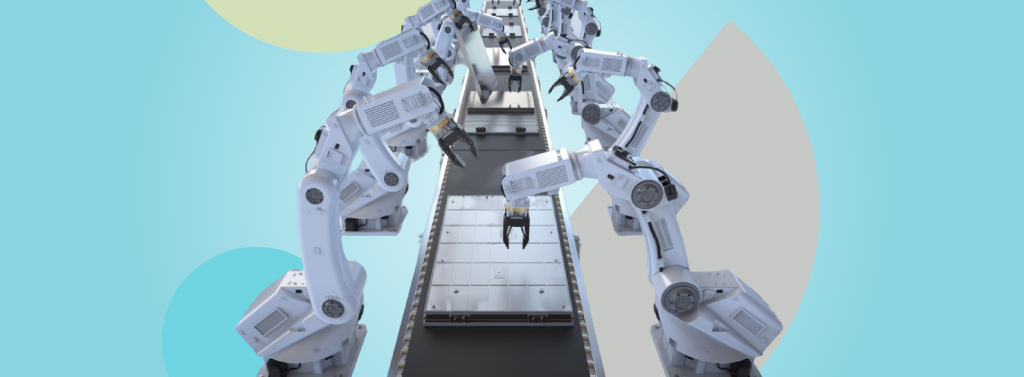In the ongoing pursuit of sustainable transportation, electric vehicles (EVs) lead the charge of innovation. But they have a weak spot – battery performance – which throws a wrench in the works. From driving range to charging time, batteries can make or break the EV experience.
The new wave of battery optimization patents addresses the pressing pain points. They pave the exciting road ahead for EVs as viable, mainstream mobility.
One such step is the method disclosed in the patent US10960785B2, assigned to Joby Aviation Inclusive.
This system is designed to manage the heat generated within the battery during fast charging processes, which is particularly important in contexts where the electric vehicle system design is subject to stringent constraints on weight, complexity, and safety, such as aviation.
Another significant patent in this field is US10992156B2, assigned to Leland Stanford Junior University.
This presents a technique to explore and optimize a multidimensional parameter space concerning battery cell test protocols.
Let us uncover more of these innovative developments, shedding light on their implications for the future of energy storage and battery performance.
Patent Analysis: Battery Optimization in Electric Vehicles
Some of the patents that can help in battery optimization are:
- Smart Electric Vehicle (EV) Charging and Grid Integration Apparatus and Methods by Google: This patent discusses a system for a “smart” electric vehicle. The system includes a computer and software that runs on the computer. It may also include a global positioning sensor for determining the position of the electric vehicle and a transmitter for transmitting the position, state of charge, and identification of the electric vehicle. A charging station may be provided for charging the electric vehicle. The system uses various communication methods, including WiFi, 3G, Bluetooth, ZigBee, RFID, and GPS tracking. The power grid expert system uses the database to communicate through the internet to a 3G or GPRS cell or WiFi tower. This patent aims to create a robust and well-connected EV charging infrastructure, making EVs more consumer-friendly.
- Innovative EV Charger Technology by Servotech Power Systems Limited4567: Servotech Power Systems Limited, a leading manufacturer of EV chargers in India, has filed two patents related to EV charging technology. These patents enable users to fast charge any GB/T Bharat DC 001 vehicle based on 72v/96VDC through a CCS2 connector using a small additional gadget. The company believes that these patents will transform the EV charging infrastructure using two different methodologies, contributing to a robust, interoperable, and cost-effective EV charging ecosystem. The company has also bagged an order for nearly 1500 DC fast EV chargers from Hindustan Petroleum Corporation Limited (HPCL) and other EV charger OEMs.
Patent Analysis: Quick Charging
The patent, titled “Electric Vehicle Battery System” (US8517132B2), is assigned to Charge Peak Ltd. The inventors listed are Yoav Heichal and Tal Agassi.
This patent describes a system and method for quickly exchanging a spent (or substantially discharged) battery pack for a fully charged (or substantially fully charged) battery pack at a battery exchange station. This quick exchange is performed in a period significantly less than that required to recharge a battery.
The system includes a battery bay configured to be disposed of at the underside of the electric vehicle. The battery bay includes a frame that defines a cavity. The cavity is configured to receive the battery pack therein at least partially. The battery bay comprises at least one latch rotatably pivoted about an axis substantially parallel with a plane formed by the underside of the vehicle. The latch is configured to lift and retain the battery pack at least partially within the cavity.
This invention addresses one of the major challenges in the adoption of electric vehicles, which is the long charging time of the batteries. By enabling the quick swap of a discharged battery with a fully charged one, this system can significantly reduce the downtime of the vehicle due to charging, thereby extending the effective range and usability of the electric vehicle.
Upcoming Innovations in Battery Optimization: A Glimpse into the Future
Several patents are in the pipeline that could shape the future of battery optimization:
- Battery Regeneration Efficiency Optimization: A patent application (US20210237613A1) discloses a method for managing power storage and delivery in a hybrid vehicle. The method involves determining a battery charge state, identifying a charge variable affecting the battery charge state, and determining at least one charging parameter based on the analysis of retrieved data.
- Innovative Pressurised Battery System: Hyundai has patented an innovative pressurised battery system to enhance the performance and stability of all solid-state electric vehicle batteries with sensors monitoring pressure, temperature, and individual cell voltage, feeding data to a dedicated controller. This ensures charging and discharging only occur within optimal parameters, further safeguarding the battery’s health.
Key Takeaway
In the pursuit of improved battery charging and performance, patents like WO2011156776A2 and US8517132B2 signal key advancements. These innovations pave the way for enhancing electric vehicle efficiency and refining battery formation procedures.
Looking ahead, patents such as WO2011156776A2 and Hyundai’s pressurized battery system offer promising avenues for future optimization. As the battery optimization landscape evolves, these developments mark crucial steps toward a future of enhanced energy storage and efficiency.
